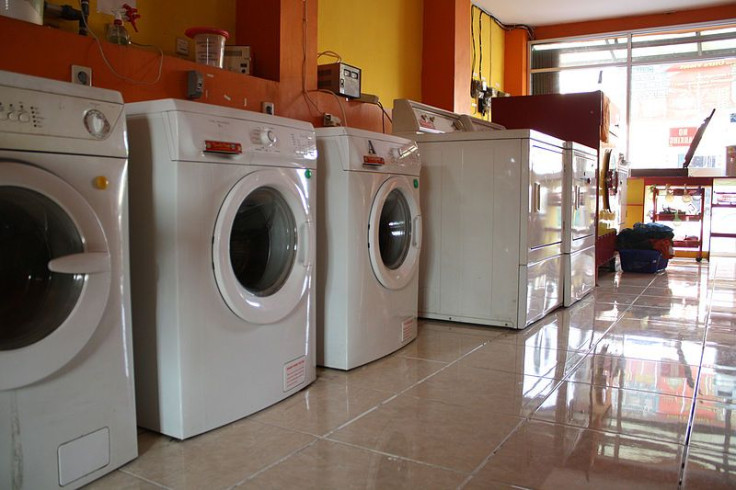Laundry Bacteria Could Be In Your 'Clean' Clothes: Ways To Reduce Germ Growth In Your Wash

A spill on your new dress, a stain on your white clothes, and a sports uniform with grass stains are all piled up in your dirty laundry hamper for your next laundry wash. These dirty clothes are stored away and then placed in a laundry machine to fight tough stains. These claims are echoed by laundry detergent companies to assure consumers that their dirty clothes will smell fresh and clean, and most importantly come out stain-free after a wash. According to the American Cleaning Institute, items such as bath towels, jeans, and pajamas can be used three to four times before it’s time to put them in the wash. A family of four would generate approximately five to six loads of clothing in a week based on the average that each person wears about 16 lbs. of clothing per week. The way that you wash your clothes will determine how clean they will be at the end of your wash. The shift from high-temperature washes and harsh detergents to low-temperature washes and gentle detergents is good for fabrics, sensitive skin, and the environment, but not for killing laundry bacteria.
The Sick Laundry Cycle
Researchers have found the increased use of low-temperature washes and gentle detergents to be culprits of laundry bacteria in washing machines. In the study, researchers examined the bacteria levels found in clean laundry and the potential risk of infections from wearing this laundry. Clean undergarments were found to be the main carriers of fecal matter, as well as different types of bacteria. In fact, an estimated average of 0.1 grams of fecal matter was found on every pair of clean underwear in the study.
“I am very concerned about bacteria from soiled underwear transferring onto items such as tea towels which are then used to wipe dishes,” said Dr. Lisa Ackerley, a hygiene expert, to the Daily Mail. Ackerley believes putting clothes that are contaminated with already high levels of bacteria in the wash with other clothes will only lead to an endless cycle of germs (Ackerley refers to this as the "Sick Laundry Ccle"), forming what she calls “bacterial soup.”
Underwear, towels, and face cloths, among other items, were found to be more likely contaminated with pathogens — bacteria that can cause disease. A load of underwear during a wash can contain approximately 100 million E. coli and can then cross-contaminate the next load of laundry. "There's about a tenth of a gram of poop in the average pair of underwear," said Charles Gerba, a professor of microbiology at the University of Arizona, to ABC News. Some of the germs that fecal matter can carry include hepatitis A virus, norovirus, rotavirus, Salmonella, and E. coli.
Detergent Does Not Help Sick Laundry Cycle
Laundry detergent can help get rid of dirt and germs if you are using bleach or hot water. “Most of the hot water people use is not hot enough. You need water that's between 140 and 150 degrees to kill germs," said Philip Tierno, a professor of microbiology and pathology at the New York University School of Medicine, to ABC News. Washing your clothes in low-temperature settings allows for germs to grow in the detergent drawer and door seals of your laundry machine.
If someone in the house is sick, segregating his or her clothes in the wash from the rest will not reduce the spread of infection if these items are being washed at low temperatures. However, Ackerley believes that the only way to prevent these sources of infection is to break the Sick Laundry Cycle.
Ways To Break The Sick Laundry Cycle
It would be ideal if all laundry could be done with bleach and hot water but the reality is that these aren't the best for washing intimates and colored clothing. Gerba and Tierno have shared a few tips on how to reduce the growth of bacteria in your wash for all items:
1. If you're using cold water, wash your hands after you handle wet clothes, especially if you're washing children's clothes.
2. Use Clorox 2, which has peroxide, if you can’t use chlorine bleach.
3. Clean your washing machine with bleach and water without any clothing in it and just let the machine go through its regular cycle.
4. Avoid the dryer and let your clothes dry in the sun. The sun is considered to be one of the toughest killer of germs. “It's just as effective as bleach," said Tierno.



























